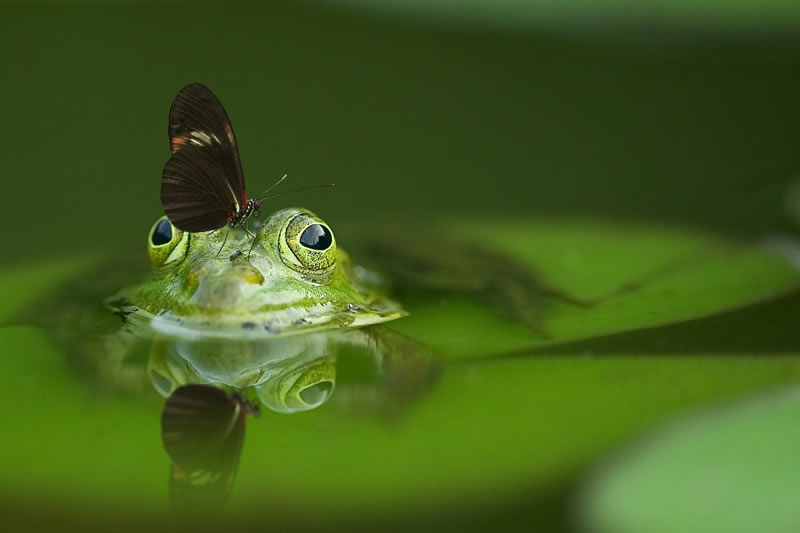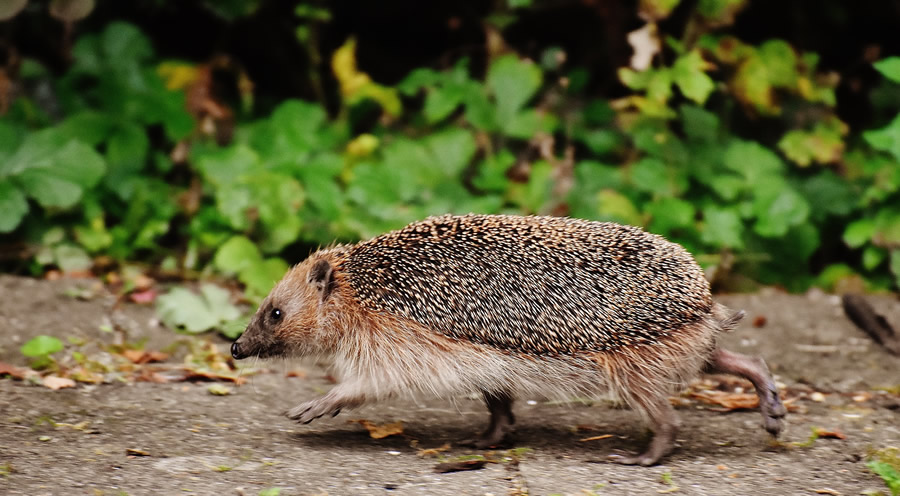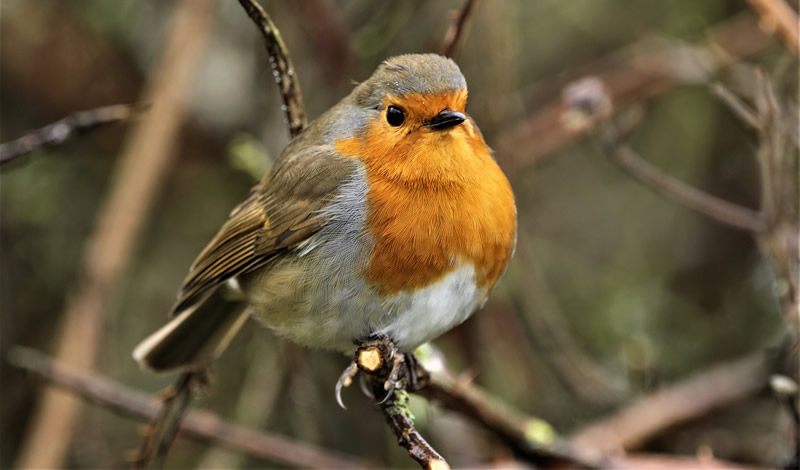Since covid hit in 2020, lockdown has compelled UK households restricted to home and their local area to interact with their gardens and local outdoor space in new ways. Research through surveys gathered in 2020 demonstrates that people have spent increasingly more time in their own garden or regularly visiting local green spaces. It is proven that natural spaces are good for our mental health and wellbeing, so with this in mind bringing nature closer to us and giving something back to our local ecosystem, pays both ways.
Thank you for reading this post, don't forget to subscribe!
You may have a large garden or maybe a window box, regardless of the size of area you can dedicate to nature it all helps to promote biodiversity and will collectively benefit the wider environment. With more households opting for low maintenance gardens and increased hard surfacing, getting a diverse range of wildlife to visit our gardens will be a struggle, but even the smallest outside area can accommodate a natural space to attract butterflies and bees.
Creating wildlife habitats in our gardens is a great way of supporting local biodiversity. Pick a habitat that suits the garden you have, for example gravelled gardens can attract wildlife by carefully selected planting. Once you have decided on one or more habitats, research the most practical design for your space and try not to overcrowd it allowing it the chance to develop over time. If you require help planning a nature garden there are plenty of resources on the internet or mobile apps featuring helpful design software.

Ponds and Water Features ― wet habitats can attract a variety of wildlife, from dragonflies, amphibians and birds. Birds need to bathe to keep their feathers in the best condition, so a small water feature, fountain or bird bath will encourage birds, butterflies and the possible toad. If you have the room, a pond stocked with fish or a small wildlife pond will support breeding frogs and newts as well as producing a large selection of flies for the birds to feed on. If you don’t have the space or want a water feature, regularly putting a dish of fresh water out will supply wildlife with somewhere to drink and wash and give them a helping hand in the warmer months.
Grass Areas ― at mowers-online we are obviously a fan of a well-kept lawn thanks to our arsenal of petrol mowers, however if you are lucky enough to have a garden where you could leave a little grass to grow wild then this will create a lofty sanctuary for all sorts of insects, frogs, newts and even hedgehogs.
Shelter and Nesting ― having refuge and lodging is essential for wildlife to hide-out, hibernate and breed. Keeping a corner of the garden or a patch behind the shed to stack dead wood or logs and mound fallen leaves will create a haven for beetles, bugs, larvae, and a safe place for hedgehogs to hold up for the Winter. Bird boxes, bat boxes and owl boxes constructively placed on the side of the house, shed or in a tree will provide an alternative to natural roosting or nesting sites now they are on the decrease. Caterpillars and moths need somewhere to reproduce and hibernate. Statistics show 75% of British butterflies and 99% of moths are declining significantly. Moths cocoon themsleves for the Winter months, whilst some butterflies slumber hidden amongst the deadwood and leaf litter.

Planting borders and containers ― planning your planting to support wildlife is something most households can do. Window boxes and hanging baskets overflowing with pollen-rich flowers will provide food for bees and butterflies. Climbing plants such as honeysuckle and jasmine are a favourite food for moths, butterflies and bees, as well as providing excellent shelter for birds. Creating a nectar border that still looks presentable can be a case of trial and error. When you are visiting other gardens and outdoor spaces take note of the pretty plants that attract butterflies and hoverflies. The strong scents from shrubs such as roses and buddleia will be a calling card to bees for you to enjoy watching them bounce from flower-to-flower. Planting the right host plants for butterflies and moths will help increase their numbers by feeding up young caterpillars ready for metamorphosis.
Trees and hedges ― hedges provide wildlife corridors for birds and animals to move safely from garden to garden. Planting an evergreen, berry producing hedge will provide both shelter and food in the Winter months. Remember to check hedges for nesting birds and other wildlife before using your hedgetrimmer. If you have a large garden and have the capacity to plant trees, native varieties are best for conservation. Dog Rose and Bird Cherry are ideal for smaller gardens and are rich in both blossom and fruit. Mature trees provide a home and shelter for a variety of animals and birds, together with creating a green backdrop and seclusion in the garden.

Top Tips for your Nature Garden
- Be sustainable wherever you can
- Avoid using chemicals and pesticides
- Don’t dig a pond directly under a tree
- Save rainwater
Other resources
RSPB have a range of activities and advice on their website
The Wildlife Trusts have a helpful planner for a new build wildlife garden
RHS Plants for Pollinators has a downloadable plant database
